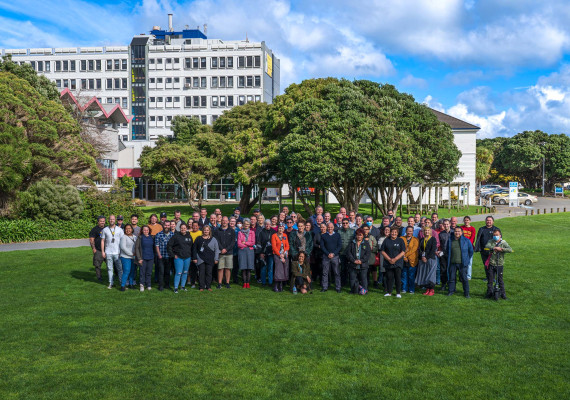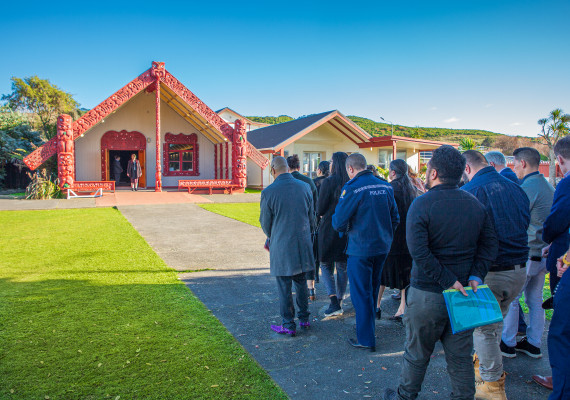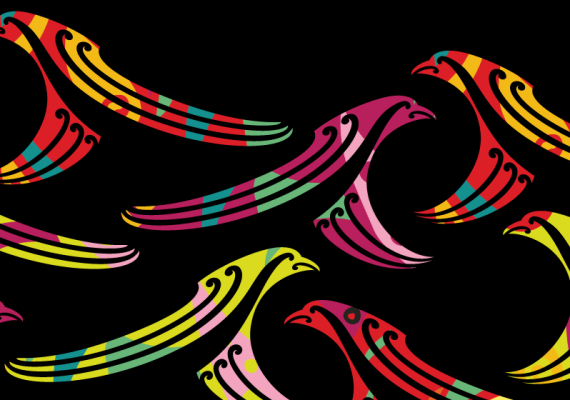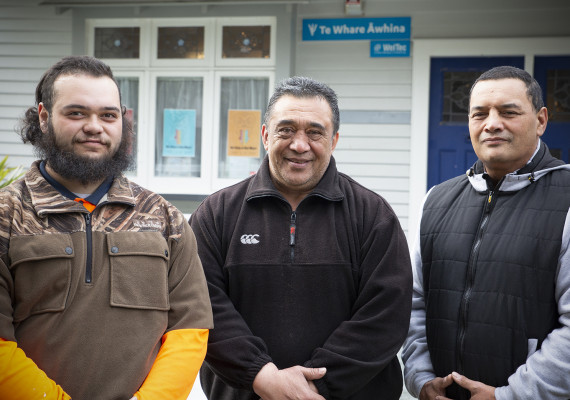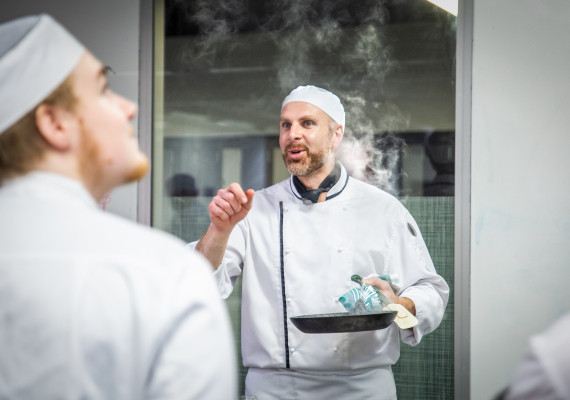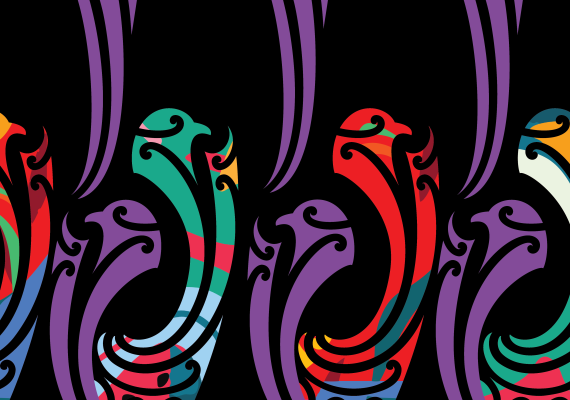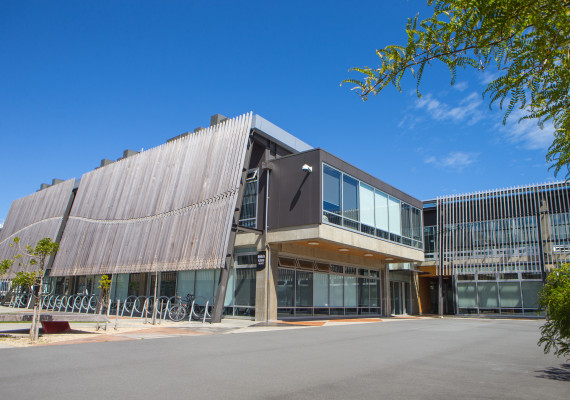About Us
Whitireia and WelTec has a long, illustrious history. Find out about our values, visions, strategic partnership, and how you can work with us.
Whitireia and WelTec are part of Te Pūkenga - New Zealand Institute of Skills and Technology Learn more
Learn with purpose
